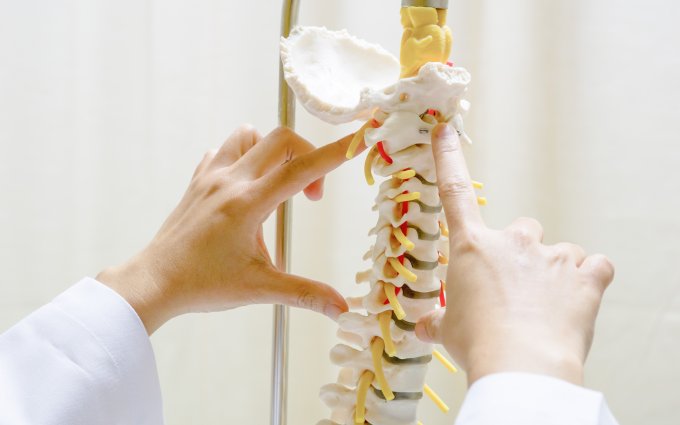12/31/2014

A new drug, currently undergoing testing, can actually help regenerate nerves after spinal cord injuries. A new study published in the journal Nature says the drug increases the amount of serotonin in the spinal column and helps release nerve fibers trapped in scar tissue after injury to the spinal cord. In rats, the drug has helped improve bladder function and even allow paralyzed rats to walk again.
Repairing Spinal Cord Injuries
Jerry Silver, a neuroscience professor at Case Western Reserve University who helped design the drug, told NPR, “Everybody else in the world was asking why nerves grow where they do. And I thought I’d do something different and ask why they don’t grow where they don’t.” After 30 years of research, Silver and his team have come a long way from their early hypotheses.
The team found that a substance called proteoglycan acts like a “guardrail,” again according to Silver’s interview with NPR, preventing nerve growth in areas where they shouldn’t be growing. Over time, they found that proteoglycan plays a role in paralysis and nerve injury. Individuals paralyzed due to the damage of nerve fibers in the spinal cord have damaged nerves glued to scar tissue by the presence of proteoglycan. When the new drug interacts with proteoglycan and frees these trapped fibers, some of them are able to regenerate and restore function.
The severed nerve ends do not immediately reconnect. Rather, they spread through new and undirected growth, increasing serotonin levels in the spinal cord. That increased serotonin can carry signals from the few nerves that are still active, improving nerve function. In the study in question, a third of the test rats were able to walk again. Every rat saw at least some improved bladder function.
Further—and more long-term—study is needed to determine whether this method is safe and effective for people. Uncontrolled nerve growth in damaged tissue could create a range of unintended consequences, so both animal and human test subjects should be carefully monitored as study progresses.
Still, this breakthrough provides a potentially fruitful area of future research in medical science. For us here at Paradigm Outcomes, the new drug offers hope that even our patients struggling with severe spinal cord injuries may be able to lead happier, healthier lives in the future.
For more information on how Paradigm Outcomes works with spinal cord injuries, to refer a catastrophic case or to learn more about our full-service offerings, visit www.paradigmcorp.com, or follow us on YouTube, Facebook, Twitter and LinkedIn.